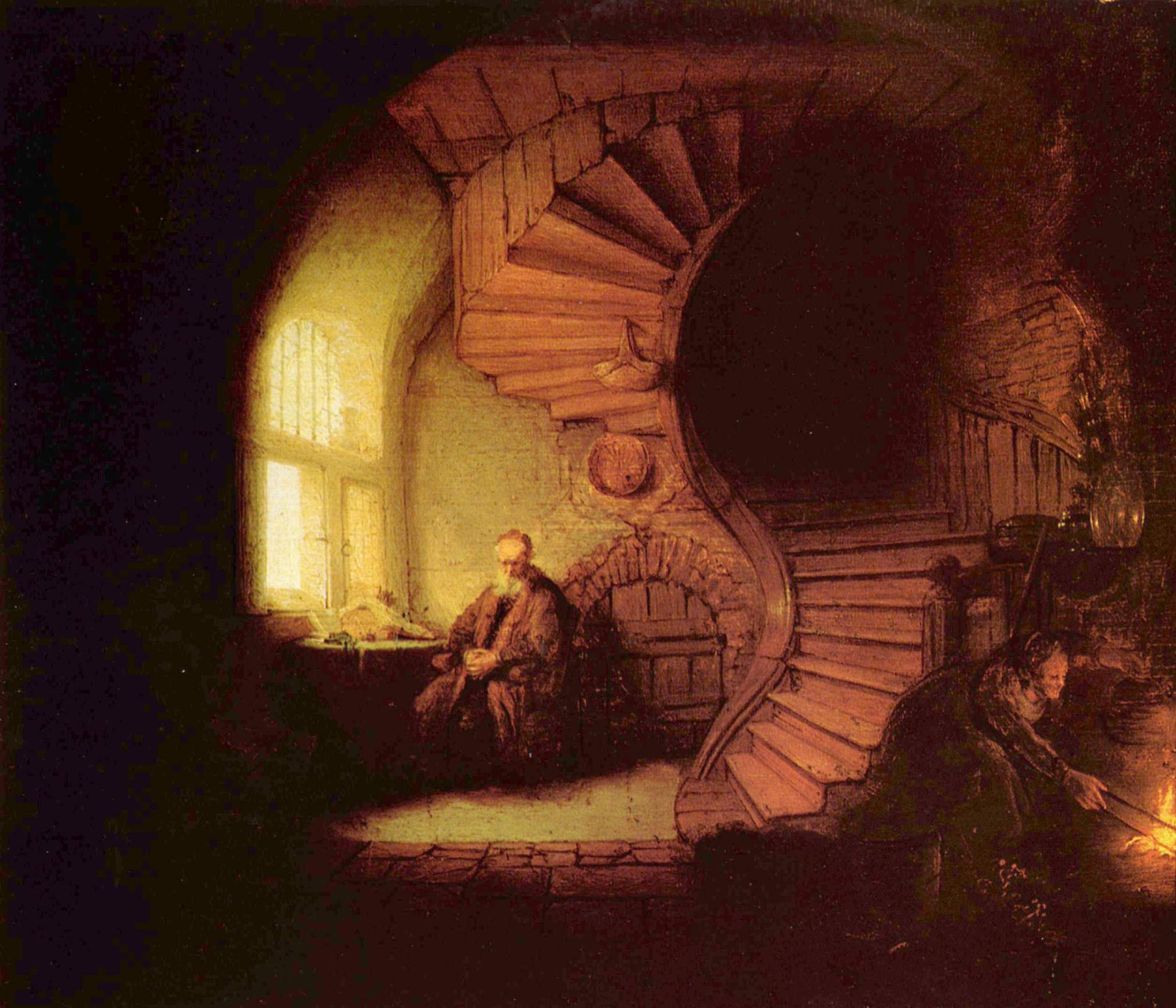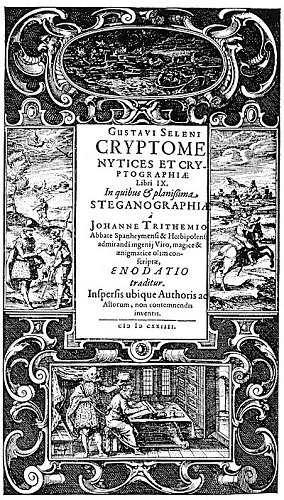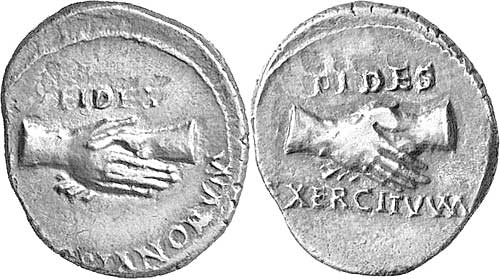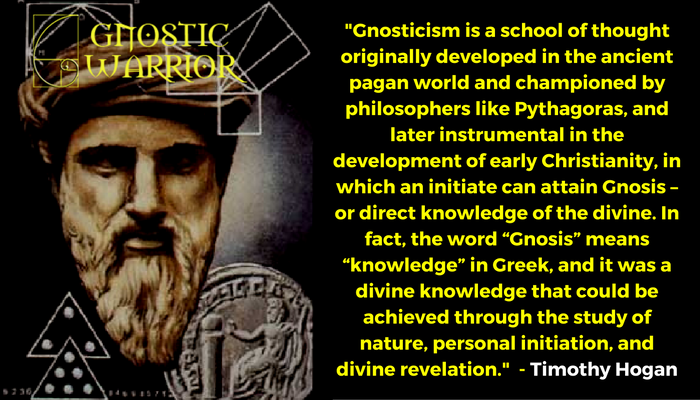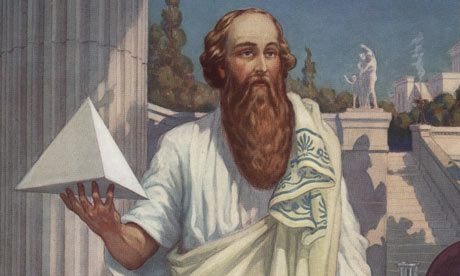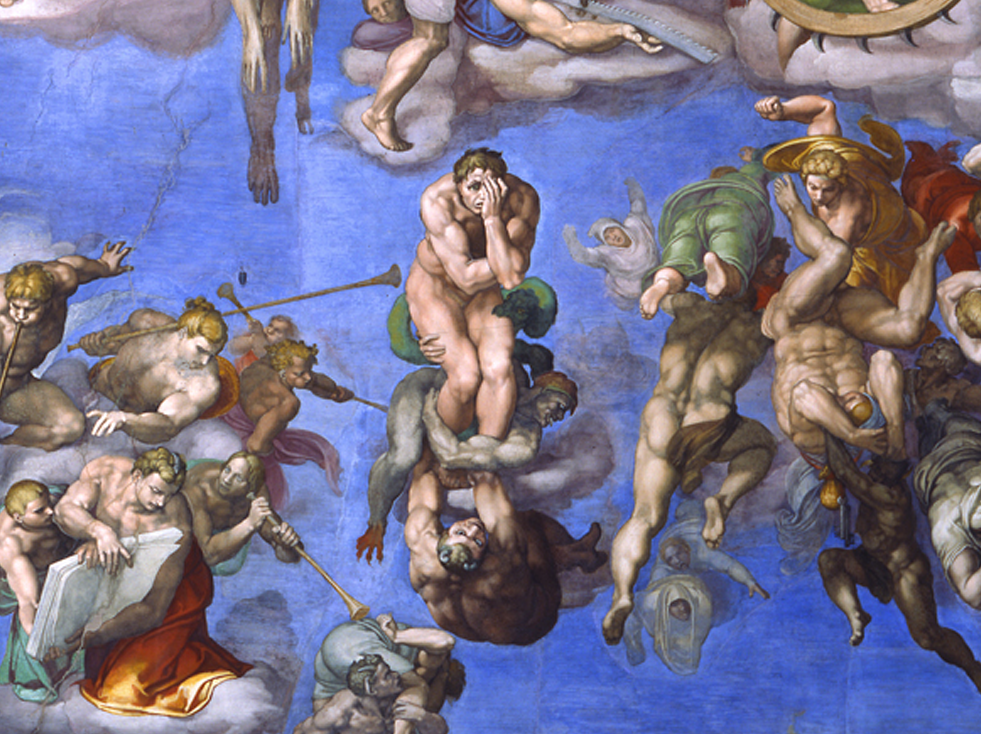The famous Pythagorean Υ signified the power of choice and was used in the Mysteries as emblematic of the Forking of the Ways. The central stem separated into two parts, one branching to
THE SYMMETRICAL GEOMETRIC SOLIDS. To the five symmetrical solids of the ancients is added the sphere (1), the most perfect of all created forms. The five Pythagorean solids are: the tetrahedron (2) with four equilateral triangles as faces; the cube (3) with six squares as faces; the octahedron (4) with eight equilateral triangles as faces; the icosahedron (5) with twenty equilateral triangles as faces; and the dodecahedron (6) with twelve regular pentagons as faces.
p. 67
the right and the other to the left. The branch to the right was called Divine Wisdom and the one to the left Earthly Wisdom. Youth, personified by the candidate, walking the Path of Life, symbolized by the central stem of the Υ, reaches the point where the Path divides. The neophyte must then choose whether he will take the left-hand path and, following the dictates of his lower nature, enter upon a span of folly and thoughtlessness which will inevitably result in his undoing, or whether he will take the right-hand road and through integrity, industry, and sincerity ultimately regain union with the immortals in the superior spheres.
It is probable that Pythagoras obtained his concept of the Υ from the Egyptians, who included in certain of their initiatory rituals a scene in which the candidate was confronted by two female figures. One of them, veiled with the white robes of the temple, urged the neophyte to enter into the halls of learning; the other, bedecked with jewels, symbolizing earthly treasures, and bearing in her hands a tray loaded with grapes (emblematic of false light), sought to lure him into the chambers of dissipation. This symbol is still preserved among the Tarot cards, where it is called The Forking of the Ways. The forked stick has been the symbol of life among many nations, and it was placed in the desert to indicate the presence of water.
Concerning the theory of transmigration as disseminated by Pythagoras, there are differences of opinion. According to one view, he taught that mortals who during their earthly existence had by their actions become like certain animals, returned to earth again in the form of the beasts which they had grown to resemble. Thus, a timid person would return in the form of a rabbit or a deer; a cruel person in the form of a wolf or other ferocious animal; and a cunning person in the guise of a fox. This concept, however, does not fit into the general Pythagorean scheme, and it is far more likely that it was given in an allegorical rather than a literal sense. It was intended to convey the idea that human beings become bestial when they allow themselves to be dominated by their own lower desires and destructive tendencies. It is probable that the term transmigration is to be understood as what is more commonly called reincarnation, a doctrine which Pythagoras must have contacted directly or indirectly in India and Egypt.
The fact that Pythagoras accepted the theory of successive reappearances of the spiritual nature in human form is found in a footnote to Levi’s History of Magic: “He was an important champion of what used to be called the doctrine of metempsychosis, understood as the soul’s transmigration into successive bodies. He himself had been (a) Aethalides, a son of Mercury; (b) Euphorbus, son of Panthus, who perished at the hands of Menelaus in the Trojan war; (c) Hermotimus, a prophet of Clazomenae, a city of Ionia; (d) a humble fisherman; and finally (e) the philosopher of Samos.”
Pythagoras also taught that each species of creatures had what he termed a seal, given to it by God, and that the physical form of each was the impression of this seal upon the wax of physical substance. Thus each body was stamped with the dignity of its divinely given pattern. Pythagoras believed that ultimately man would reach a state where he would cast off his gross nature and function in a body of spiritualized ether which would be in juxtaposition to his physical form at all times and which might be the eighth sphere, or Antichthon. From this he would ascend into the realm of the immortals, where by divine birthright he belonged.

Moe is the founder of GnosticWarrior.com. He is a father, husband, author, martial arts black belt, and an expert in Gnosticism, the occult, and esotericism.

